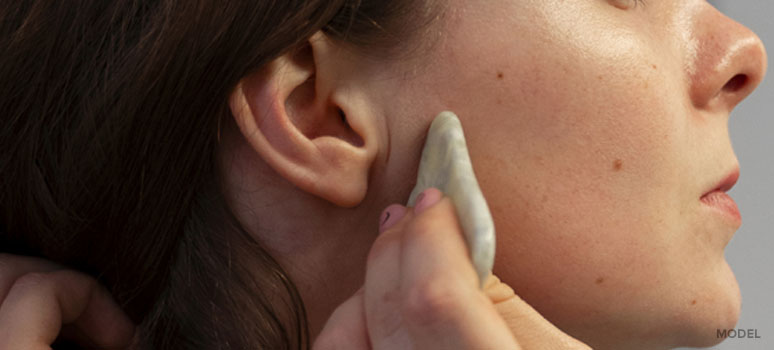Otoplasty Recovery: Expert Advice for a Smooth Healing Process
If you’re embarking on the transformative journey of otoplasty, also known as ear reshaping, ear pinning, or cosmetic ear surgery, you likely have questions about the healing process. At Memorial Plastic Surgery, our aim is to provide you with all the information you need for a smooth otoplasty recovery experience.
Your Customized Recovery Plan
Our facial plastic surgeons provide a tailor-made post-surgery care plan based on your unique needs and the surgical treatment you have undergone. This helps mitigate the risk of infection and aligns with your individual surgical procedure and healing timeline.
Anesthesia and Immediate Aftercare
General anesthesia is generally administered for this type of ear surgery, which leaves you comfortably asleep. Ensure you have arranged transportation post-surgical operation to guarantee your safety.
Critical Steps for Recovery
-
Maintaining Proper Head Elevation
Proper head elevation is a cornerstone in reducing swelling and discomfort. Special ergonomic pillows can be incredibly beneficial in maintaining proper head elevation, especially during sleep after otoplasty.
-
Managing Temperature and Swelling
Compression bandages are often used post-surgery to facilitate healing. However, these bandages can lead to a crawling sensation or even a scratching sensation if not managed properly so make sure to follow your provider’s instructions on maintaining them. Temperature control is crucial, particularly avoiding heat-emitting devices like hairdryers, to reduce swelling.
-
Pain Management
Your surgeon will prescribe specific pain medication to control discomfort and swelling. Always adhere to the medication guidelines to ensure effective pain management.
-
Ear Contouring Ointments
Topical ointments will be provided to facilitate healing in surgical openings. The application must be performed with clean hands to minimize the risk of infection. These ointments can help prevent signs of infection and reduce the chances of a raised scar.
-
Dietary Regimen for Recovery
Maintaining a balanced diet is a critical component of your healing process. A proper eating plan not only provides your body with the nutrition it needs for effective recovery but also supports overall wellness. In the initial stages, opt for softer foods or smoothies, before transitioning back to your regular diet.
Factors to Avoid for Successful Recovery
Limit Physical Activities
Steer clear of rigorous physical activities during your healing process until you receive clearance from your plastic surgery specialist. Overexertion can lead to bruising and impact your healing timeline adversely.
Other Risks to Mitigate
Whether it’s refraining from smoking or avoiding sleeping positions that could cause irritation, it’s crucial to adhere to all post-surgery instructions. Scratching or even accidentally brushing against your ears can complicate your healing process.
Your Otoplasty Healing Timeline
Healing from an otoplasty usually spans up to six weeks. Throughout this period, follow-up appointments and follow-up care are essential. This enables your cosmetic surgeon to monitor your progress and adjust treatment as necessary.
For more specialized guidance on ear reshaping, schedule a consultation with our surgical experts at Memorial Plastic Surgery. To make an appointment, simply reach out to us. We are committed to providing you with top-notch surgical expertise and care. Your journey to a new you is our ultimate goal.
*This blog is created and maintained for informational purposes only. The images present may not accurately reflect actual cases per individual. Individual cases are unique, and the descriptions and solutions will vary per patient.

